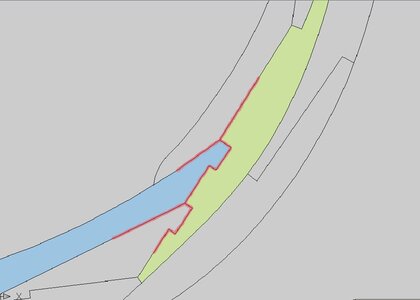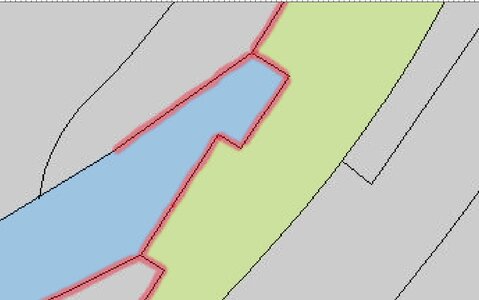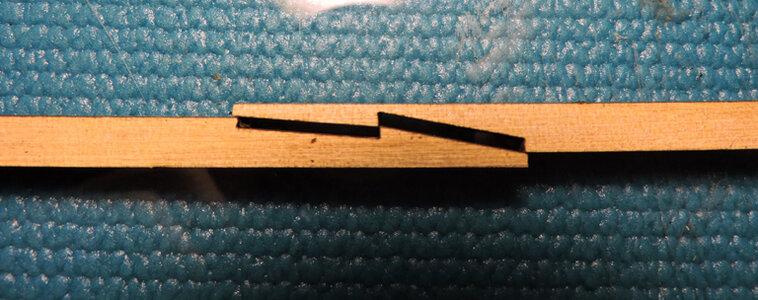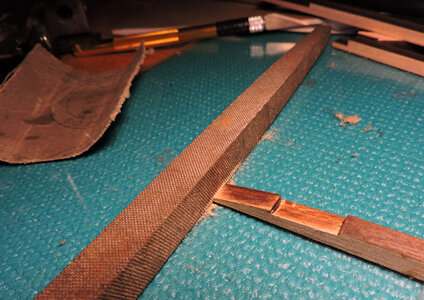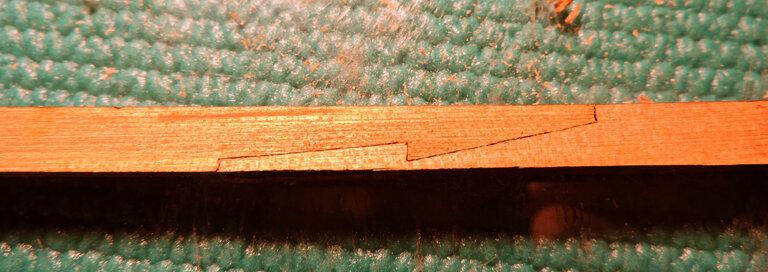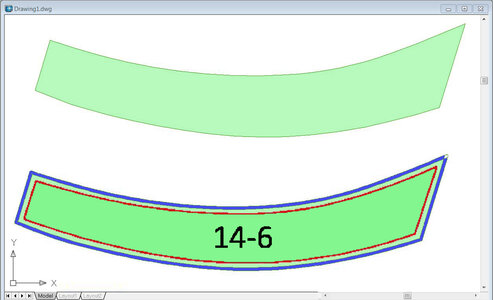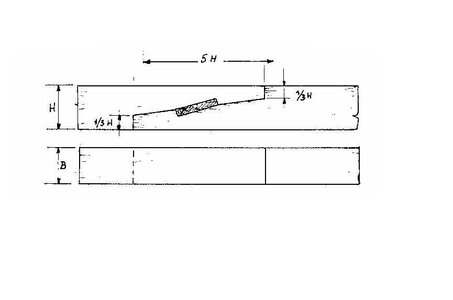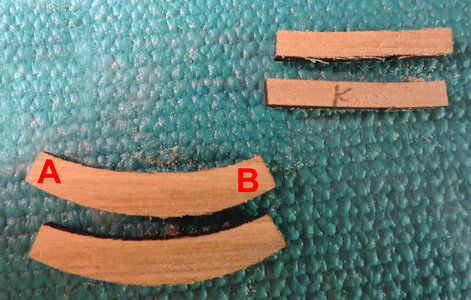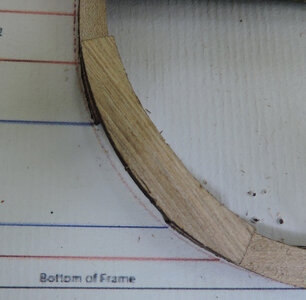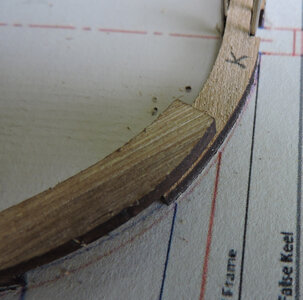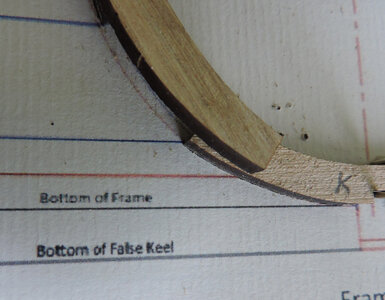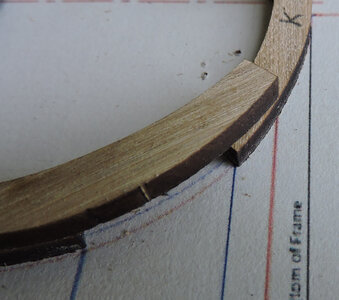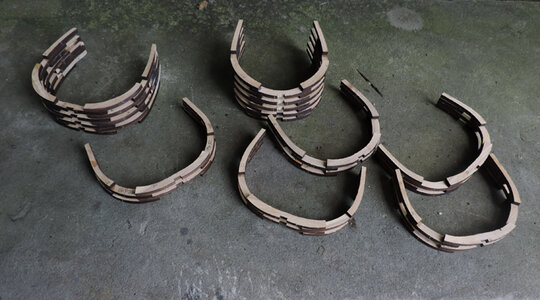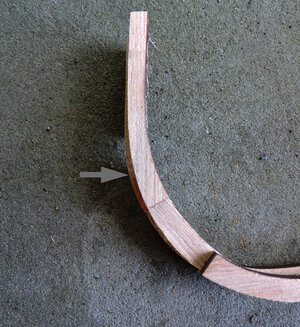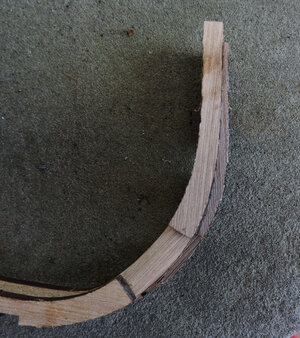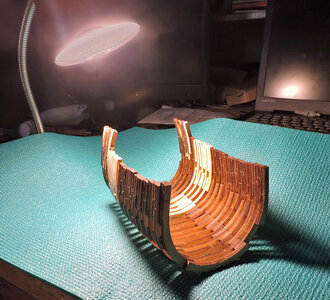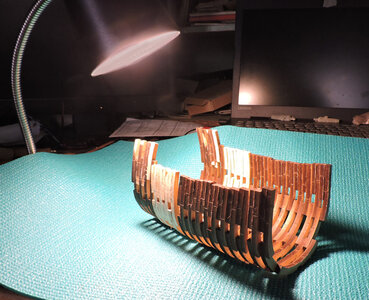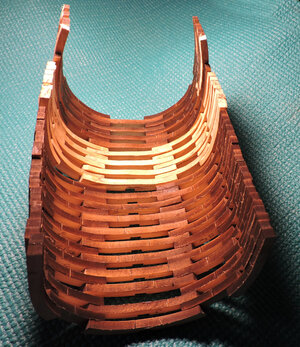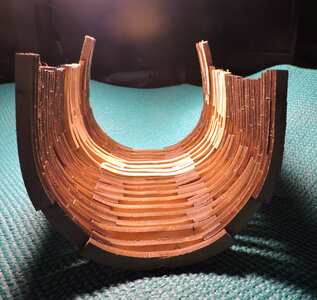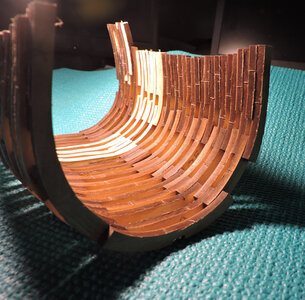- Joined
- Dec 1, 2016
- Messages
- 5,143
- Points
- 728

This is how a team of 2 work Mike shows me this drawing. The concept 1 actually we do not know exactly how the stem of the Matthew was built so this was taken as a historic general example.
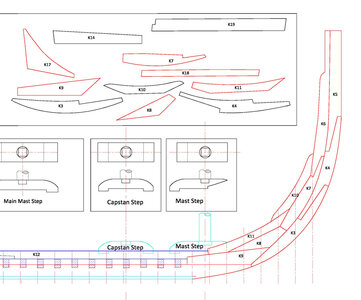
i say YIKES! that is nice and well, maybe a bit complex to assemble. complex joinery may be a focus in out next project but not this one.
at an early stage i guess we were not sure of deadwood which we later found out there is no deadwood.
and a redesign in part based on what can be done with a laser.
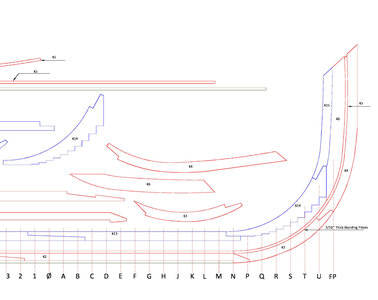

i say YIKES! that is nice and well, maybe a bit complex to assemble. complex joinery may be a focus in out next project but not this one.
at an early stage i guess we were not sure of deadwood which we later found out there is no deadwood.
and a redesign in part based on what can be done with a laser.


